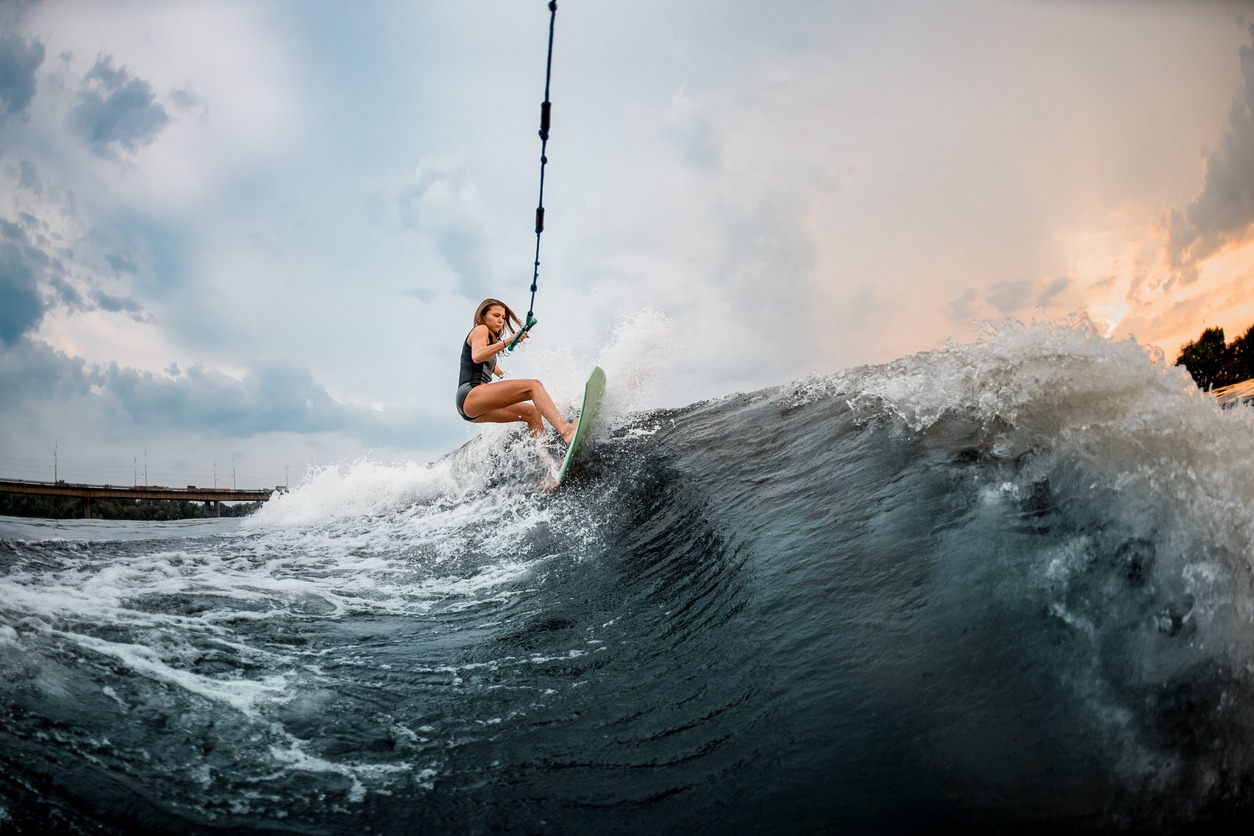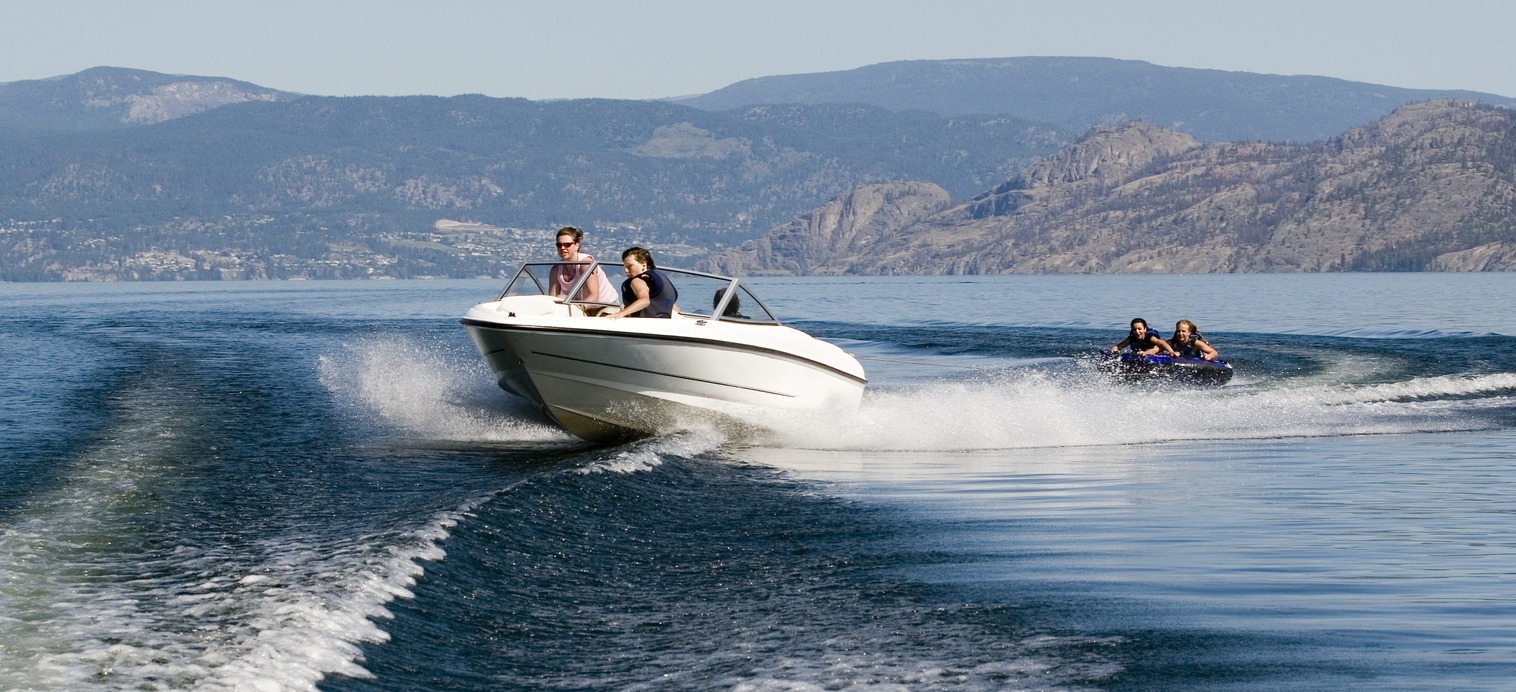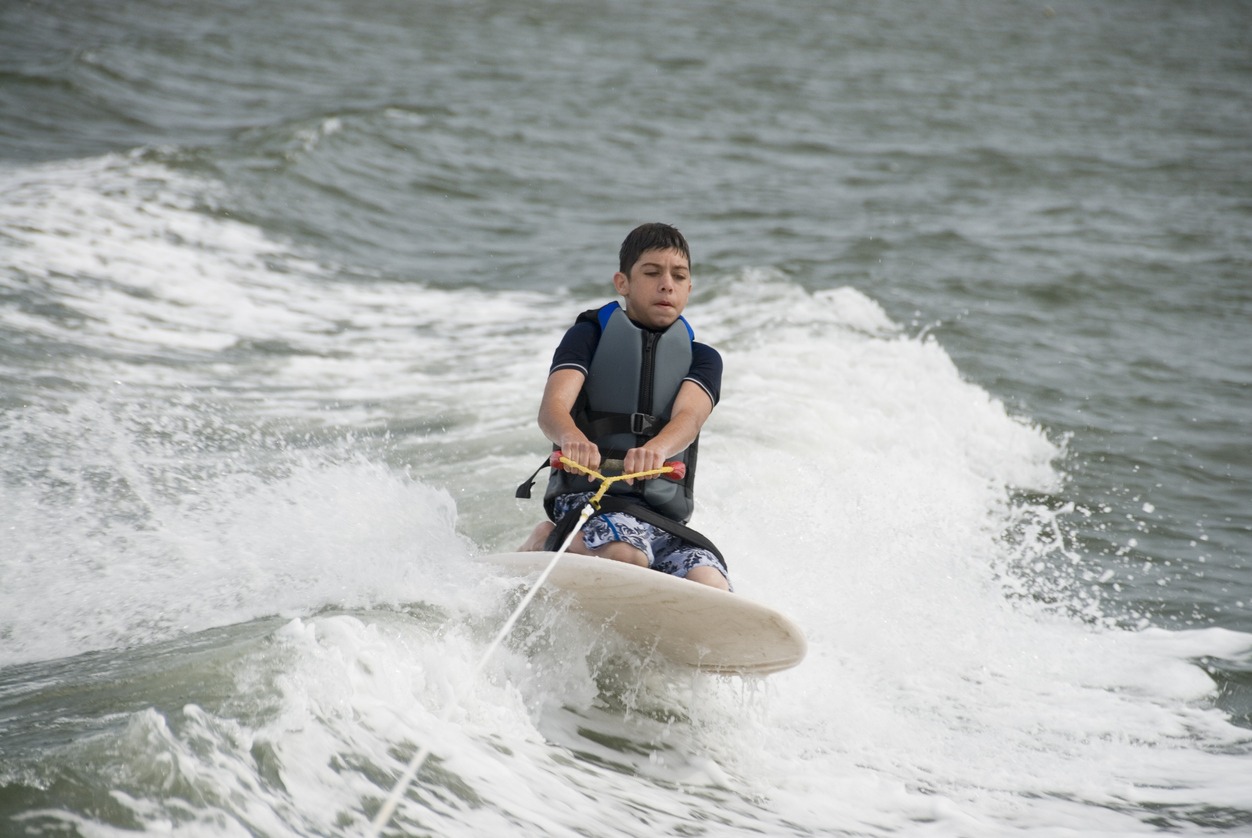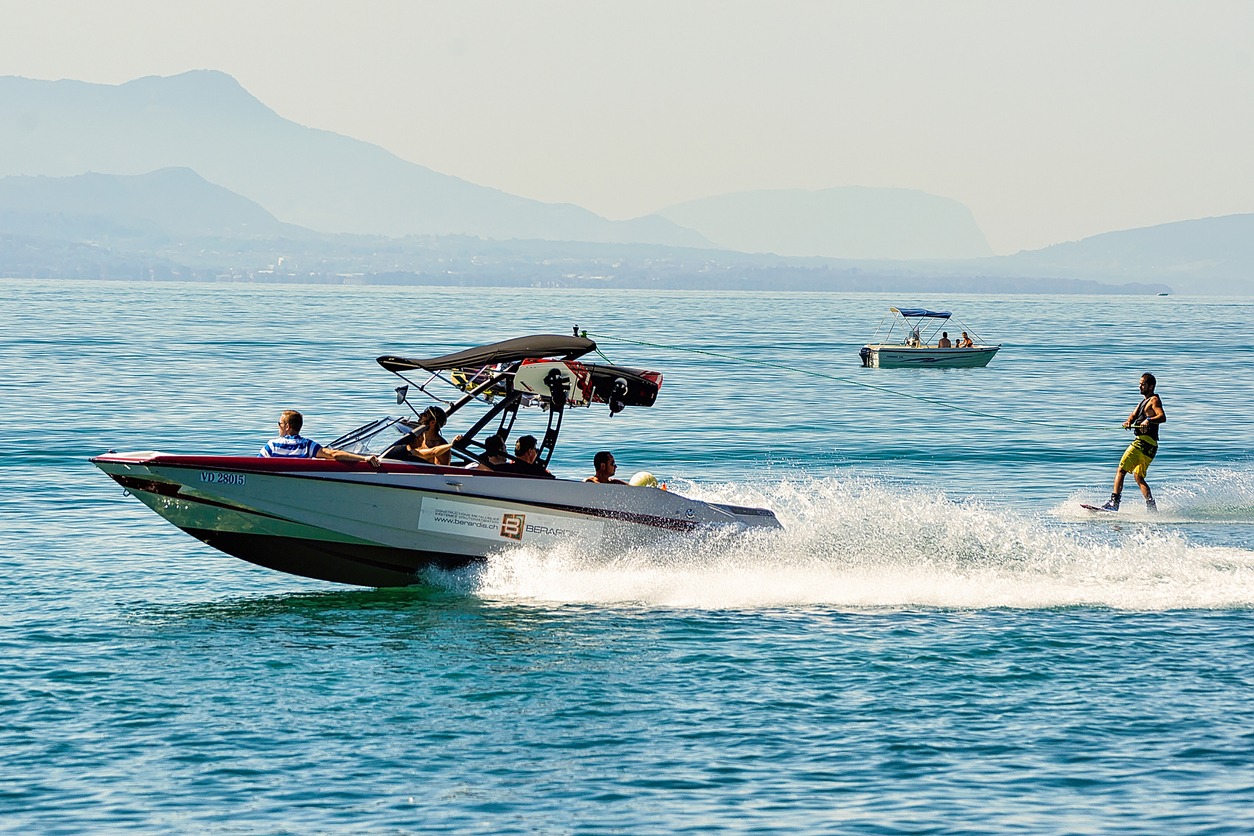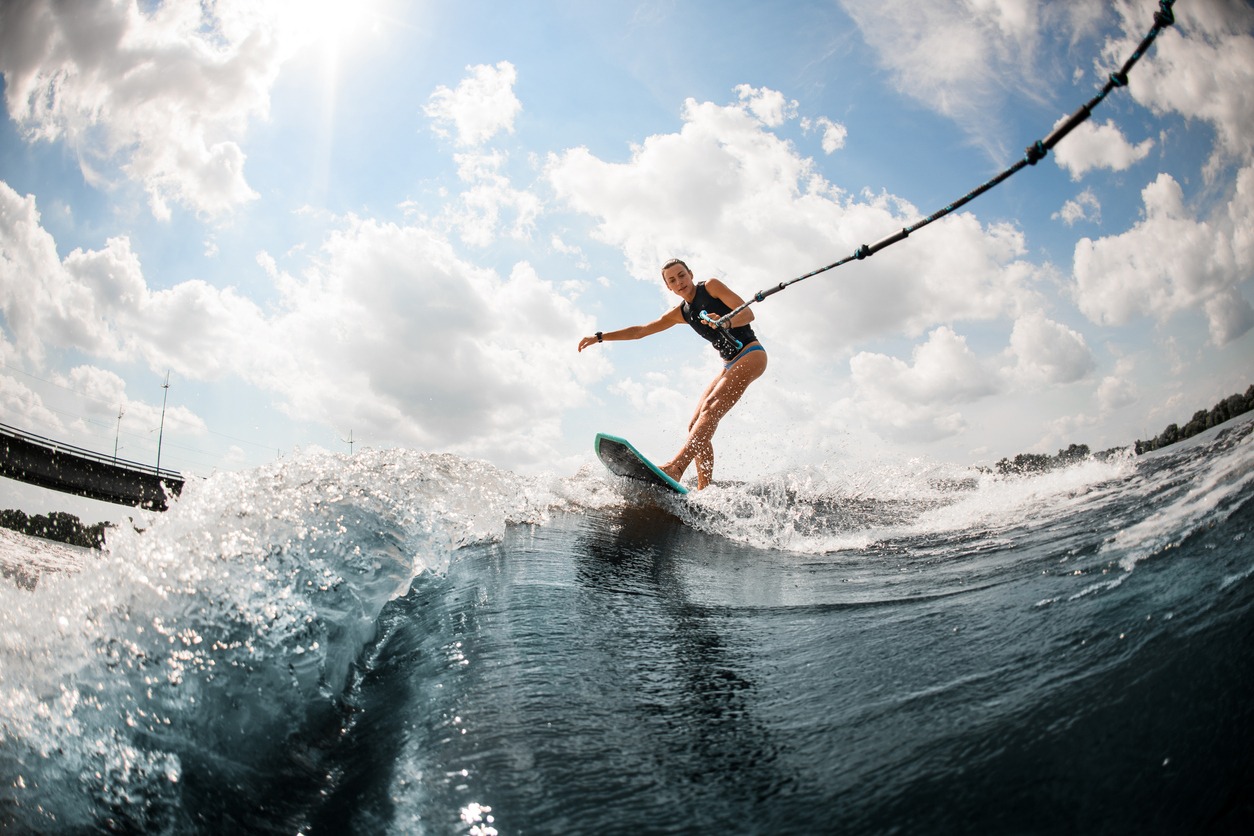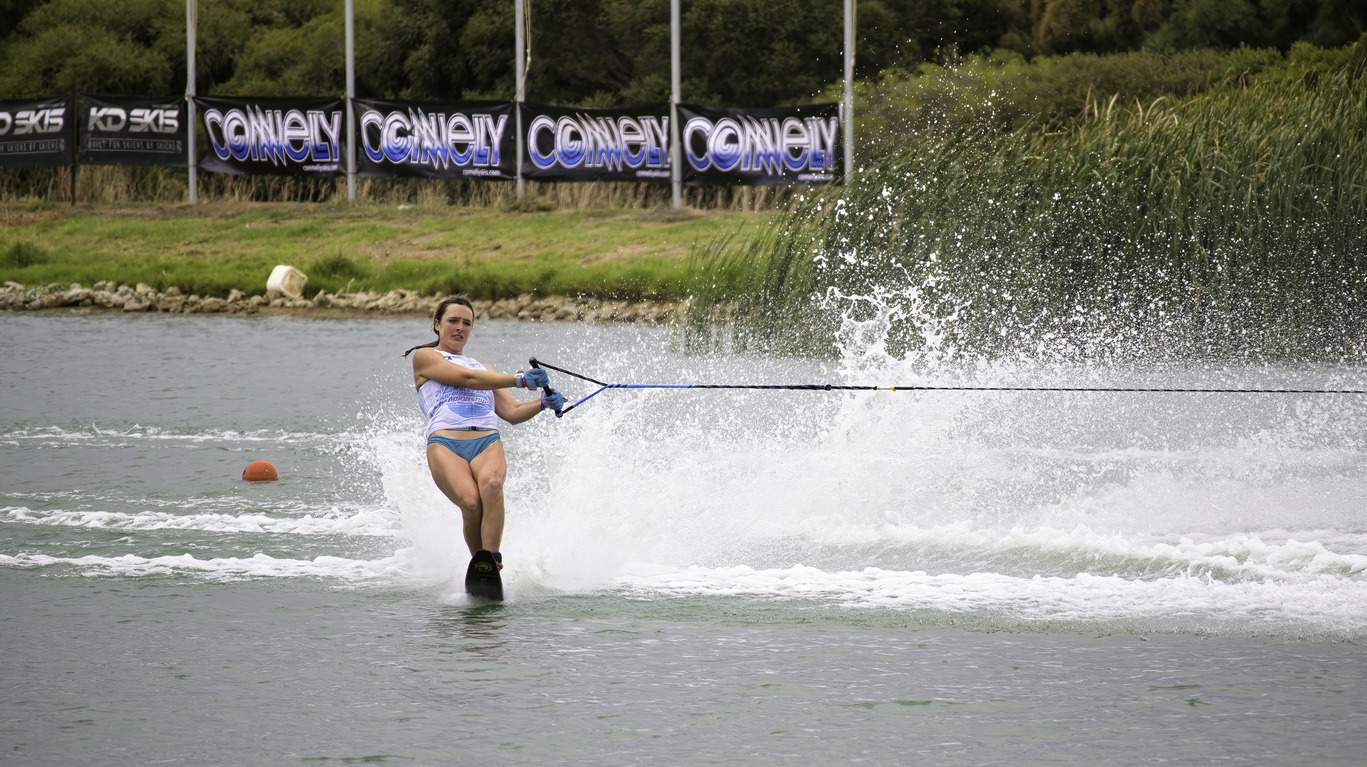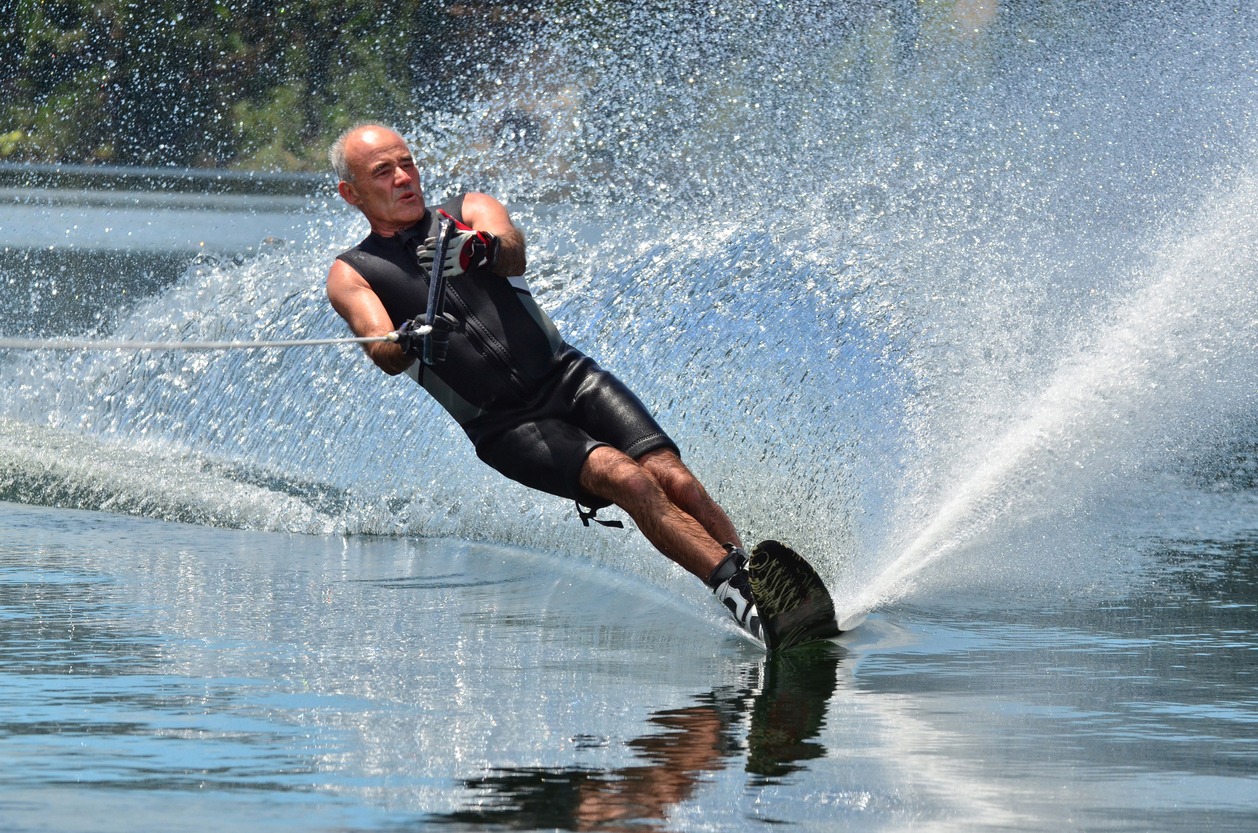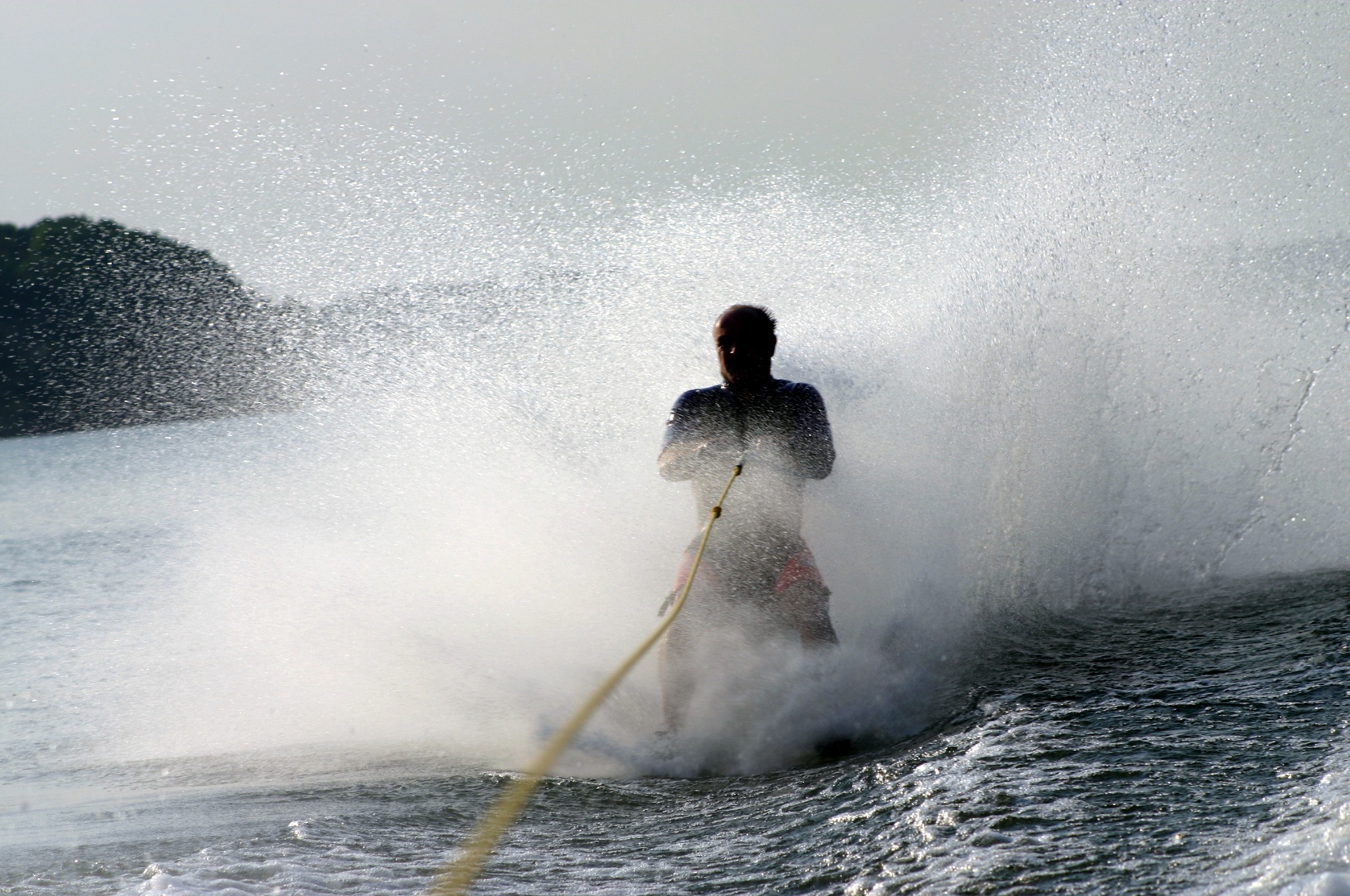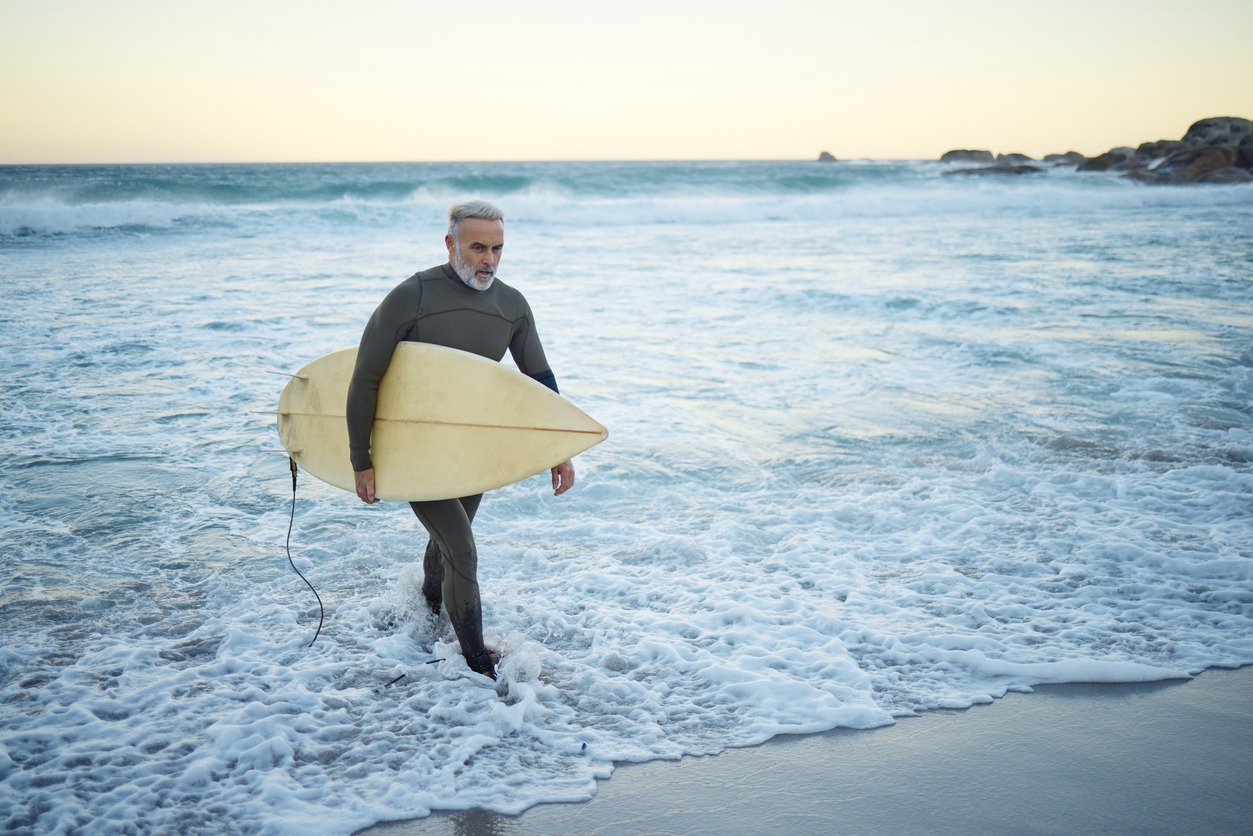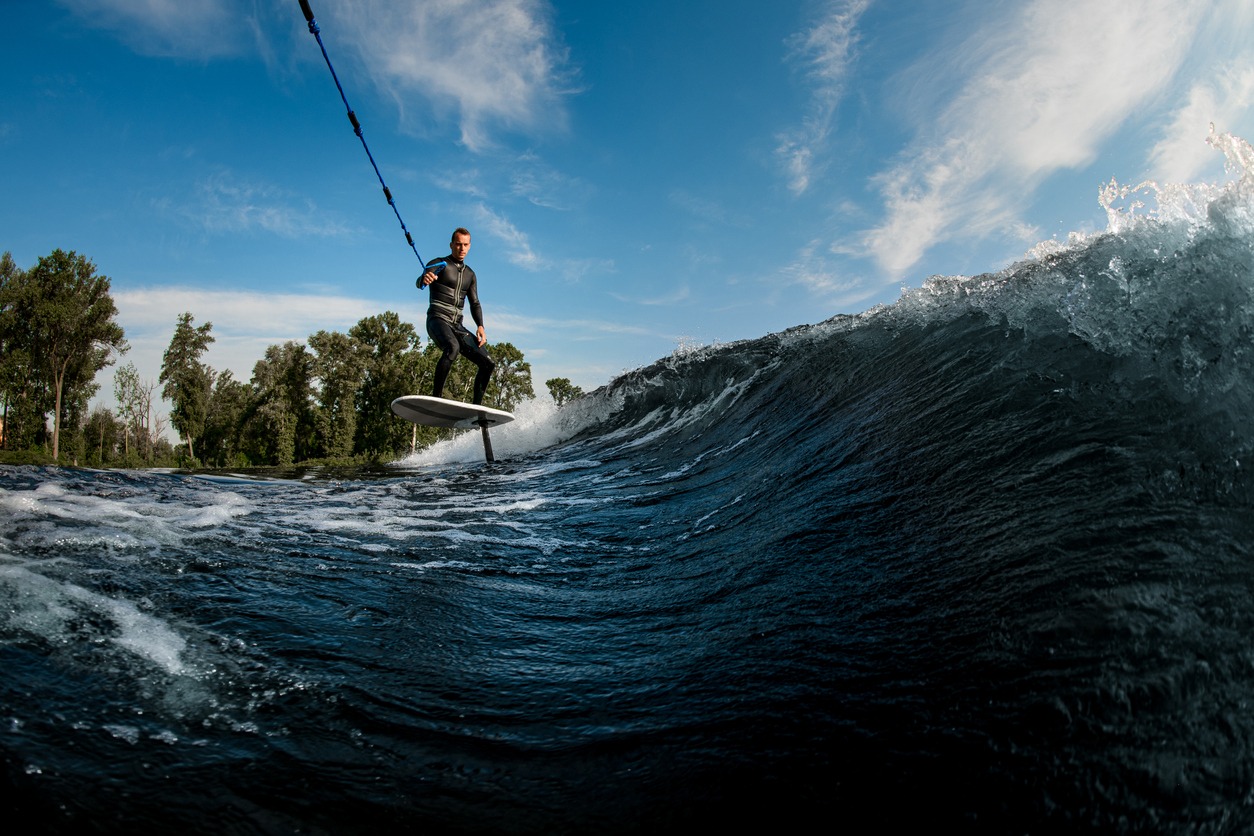Watersports have become a way of life. Visitors can engage in watersports at several popular tourist spots. For some people, it has evolved into freedom and the benefit of providing a change of scenery. There is something for everyone, whether they are avid athletes or not, fans of extreme sports or more sedate ones. These include rowing, kayaking, kitesurfing, wakeboarding, surfing, windsurfing, and paddling.
If you own a boat, you want to get involved in some exciting water sports so you can use it for activities other than just relaxing and sailing. The kind of activity you can engage in relies on some variables, including your age, health, motor skills, and capacity. These elements support the progression from tubing to more extreme sports in the hierarchy of water sports.
If you desire an adventure and to get wet, a boat can be used for many thrilling activities. Here are several water-based adventure sports categories you can take part in with your boat.
Water Tubing
Huge splashes and pleasure are what water tubing entails. One of the uncomplicated water sports you can try is tubing which is a terrific water sport to learn. To tube behind a boat, you need a specially built, towable tube. These tubes are of an inflatable PVC tube coated in a durable nylon covering that makes it easy to glide over the water. Riders do not need to grasp a handle because the tow rope is attached directly to the tube.
Boat tubing does not demand nearly as much muscle, balance, or agility. The qualification for water tubing is the ability to hang on and enjoy yourself. Both young and old can take pleasure in it. Boat tubing allows participants to travel at their comfortable speed, unlike other water sports that may demand the boat to move at fast rates. Many large water tubes can easily accommodate two people, which is necessary if you want to put an adult in the water with little children.
Kneeboarding
We suggest knee boarding if you have mastered tubing and are looking for a step up in difficulty. Because the rider must perform a deep water start while holding the handle in the rope, kneeboarding requires more ability than tubing. Once the rider is in the air and on board the aircraft, they must buckle up. It is entertaining, but it can be tough on the ligaments and tendons in the knees, so better prepare your knees to be flexible and have strong muscles.
Modern watersports boats, which produce slanted, beautiful wakes ideal for big-air maneuvers, have tremendously improved this sport. Beginners can learn preparatory activities through this enjoyable pastime, which they can apply to more difficult water activities like wakeboarding and skiing.
Wakeboarding
Due to its seamless transition from kneeling to standing, wakeboarding is the ideal next step after kneeboarding. Once the fundamentals are learned, this water activity can also allow for the performance of tricks. A specialist board for it and boots or wakeboard bindings are needed. As the boat speeds up, the rider must lift their feet out of the water while still wearing their boots to convert the board into a cruising position. When you get the feel of it, you may maneuver about the wake and practice various jumps, grabs, and tricks.
The deep-water start in wakeboarding is usually the biggest hurdle for those who want to try out the sport. The board is in front of you, then stay crouched. Pop on the plane and fins under the board, and turn it as you rise. This sport takes a few minutes to learn but a lifetime to master. The number of tricks you can learn will boggle your mind.
Wake Surfing
Wake surfing and wakeboarding are similar water sports that involve a rider trailing behind a boat. The main difference between wake surfing and wakeboarding is that in wake surfing, the rider is not attached to the rope while surfing, whereas in wakeboarding, the rider is always attached to the rope.
Wake surfers will drop the rope after rising on the wake, usually with a tow rope, and ride face the steep wave’s peak as surfers do. Wake surfing uses a board without bindings, which requires more expertise than wakeboarding to start in deep water. However, the majority of wake surfers began wakeboarding, making wake surfing quite simple for them.
Waterskiing
Waterskiing, which gave rise to sports like wakeboarding, wake surfing, tubing, and even kneeboarding, is the first towed activity to grow into its industry. Behind a boat, a man with two ski boards fastened to his feet was where it all began. The deep water start is the most challenging component of waterskiing, as it is with any water sport. Letting the boat handle the labor is crucial. Things will become tougher than necessary if you try to rise so quickly. Once standing on the ski, keep your legs bent and continue to crouch.
With kids, it is best to start with skis tied together with a nylon rope. It will keep their legs together, so they will not end up doing a split as soon as they got on the plane. Even adults that are beginners to skiing will feel like they are being split from the groin up, as waterskiing on two skis will work for muscle groups in your back and legs that do not get stressed.
Slalom Skiing
You should probably try skiing on one slalom ski after you master skiing on two skis. Although it requires significant talent, it is far more enjoyable. The physical demands of carving back and forth across the wake of the boat make it one of the most intense sports. Many beginners to slalom skiing perform a deep-water start on two skis before lowering one.
One should perform deep-water starts on one ski if your boat is strong enough. When starting, it might be challenging to keep the skis straight and not pushed to one side or the other. Nevertheless, slalom skiing is among the most enjoyable and popular water sports.
Barefoot Skiing
If you take water sports seriously, you might want to give barefoot skiing a shot. Waterskiing without the aid of waterskis is known as barefoot waterskiing. This practice is known as going barefoot. The skier must move at higher speeds than they do when waterskiing (30-45mph/50-70 kph), to successfully barefoot waterski. The player’s weight has an impact on speed.
Skurfing
Skurfing is a surface water activity in which the competitor is behind the boat while riding a surfboard. There are no contests, and it is not a professional sport. It is a freestyle sport with a very distinctive shape and style. However, skurfing uses a skurfboard, a floating platform akin to a surfboard that the participant balances on, in place of water skis. It is shorter, has two-foot straps to keep you from falling off, and has three fins on the bottom to help you control the board while it is being towed. The word is a mashup of the words skiing and surfing.
Hydrofoiling
A lifting surface, or foil, that acts in water is known as a hydrofoil. They resemble aerofoils used by airplanes in appearance and function. Hydrofoiling is a towed water ski in which the ski comprises a seat tower and board. The participant fastens safety straps to the foot bindings and seat tower of the hydrofoil ski. The skier can ski, leap, and undertake aerial maneuvers after the deep water start to launch the hydrofoil off the water and the boat wake.
Finally, water sports also give you a feeling of satisfaction. You experience extraordinary feelings because of the action, seclusion, scenery, and speed. No matter what sport you play or how physically fit you are, you will always feel a sense of peace and success.
